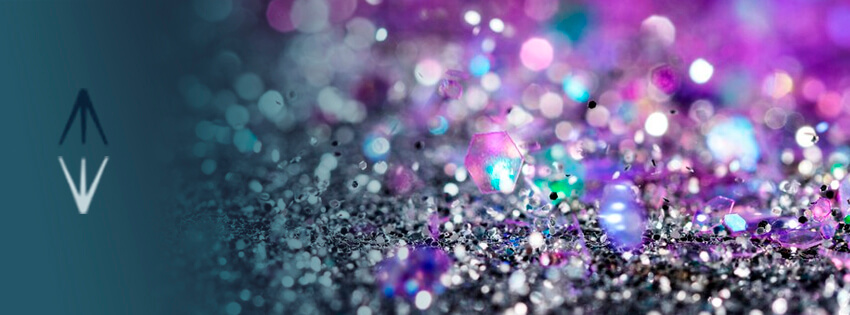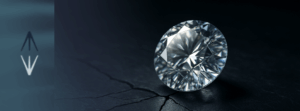At Diamantes, we know that choosing the perfect diamond goes beyond brilliance. One of the most important factors to consider is the diamond color, a characteristic that can affect both its appearance and value. In this article, we explain the difference between D and G color diamonds, two of the most popular options, so you can make an informed and confident decision.
What Does Color Mean in a Diamond?
The color of a diamond refers to the presence (or absence) of hues within the stone. The less color a diamond has, the rarer and more valuable it tends to be. The international scale used to grade diamond color ranges from letter D (completely colorless) to Z (visible yellow or brown hue).
The Diamond Color Scale: From D to Z
This classification was established by the GIA (Gemological Institute of America) and has become the global standard. Here’s a quick summary:
- D-F: Colorless
- G-J: Near colorless
- K-M: Slightly noticeable color
- N-Z: Obvious color to the naked eye
What Is a D Color Diamond?
A D color diamond is completely colorless. It represents the highest color quality on the scale and is extremely rare. Under natural or artificial light, it shows no perceptible hue, making it a luxurious and prestigious choice.
This type of diamond is ideal if you’re looking for absolute perfection, especially if it will be set in white metal such as platinum or white gold, where even the slightest yellow tint would be noticeable.

What Is a G Color Diamond?
G color diamonds fall into the “near colorless” category. To the naked eye, they appear very similar to colorless diamonds, especially when mounted in jewelry. They are much more common than D color diamonds, which makes them an excellent value for money option.
In our article on how to choose the best diamond, we explore how characteristics like this can balance your budget without sacrificing beauty.
Visual Differences Between D and G Color
To the naked eye, especially for an untrained observer, the differences between a D color diamond and a G color diamond are nearly imperceptible. Only under controlled lighting and with specialized tools is it possible to detect the slight warmth of G diamonds.
However, this minimal difference can result in a significant price variation.
Is It Worth Paying More for a D Color Diamond?
It all depends on your priorities. If you’re looking for a completely colorless stone, with no compromises, and your budget allows, a D diamond is ideal. But if you prefer a smart investment and still want a beautiful stone, a G color diamond offers the perfect balance between visual quality and price.
What Is the Best Color for an Engagement Ring?
In most cases, G and H colors are ideal for engagement rings, especially if the diamond will be set in yellow or rose gold. If the ring is made of white gold or platinum, a D-F color might be more recommended to maintain a clearer and purer appearance.
It’s also important to consider the cut, size, and setting type, as these can influence the perception of color.
Conclusion
Choosing between a D color diamond and a G color diamond comes down to priorities: if your goal is to have the most exclusive and pure, go for D. If you seek beauty with economic efficiency, G will be a great ally.
Both options are valid and beautiful. What matters most is choosing what best fits your style, expectations, and budget.
Frequently Asked Questions
What does it mean for a diamond to be D color?
It means it is completely colorless. It is the highest grade on the diamond color scale.
Does a G color diamond look yellow?
No. To the naked eye, a G diamond appears nearly colorless and its slight hue is imperceptible to most people.
Which is more expensive, D or G diamond?
D color diamonds are more expensive due to their rarity and color purity. G diamonds are more affordable and offer excellent visual quality.
What diamond color should I choose for white gold?
Ideally, a color between D and F, since white gold tends to highlight any hint of color in the diamond.




